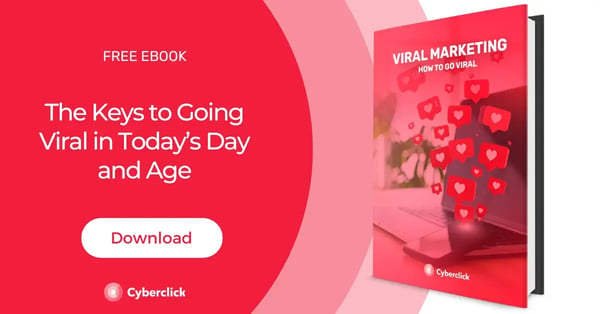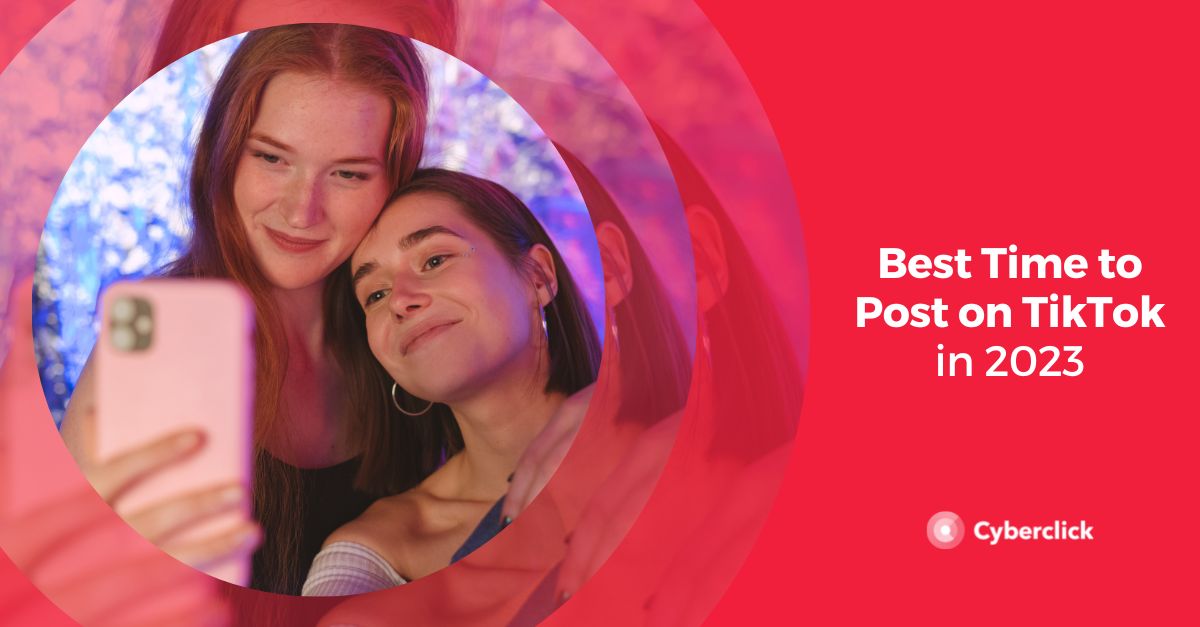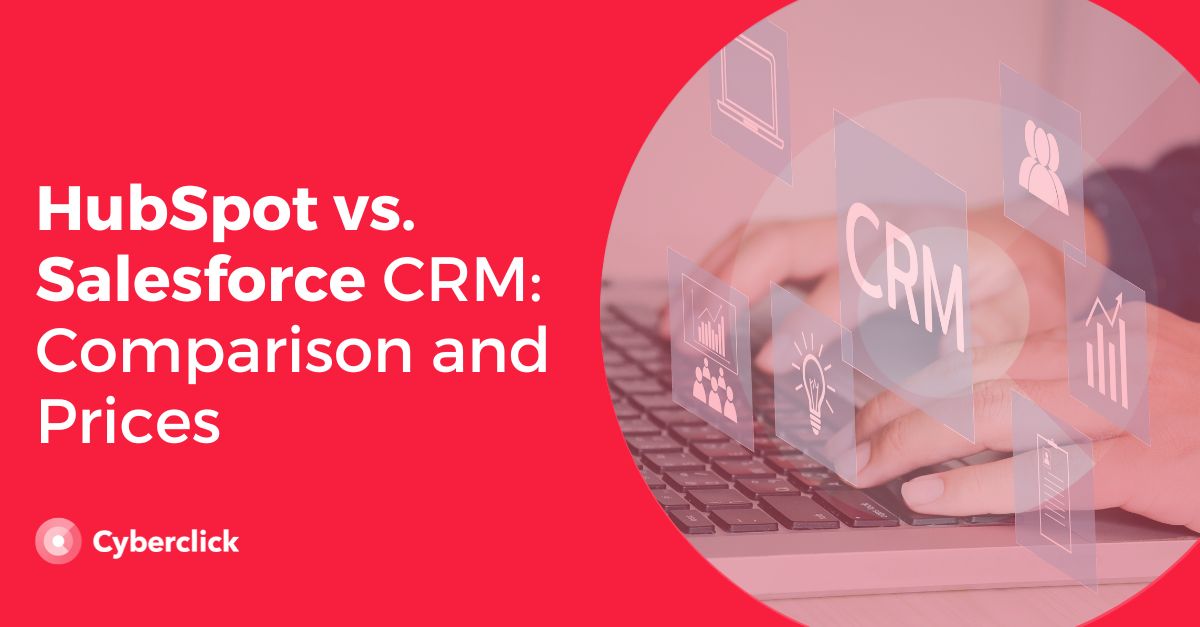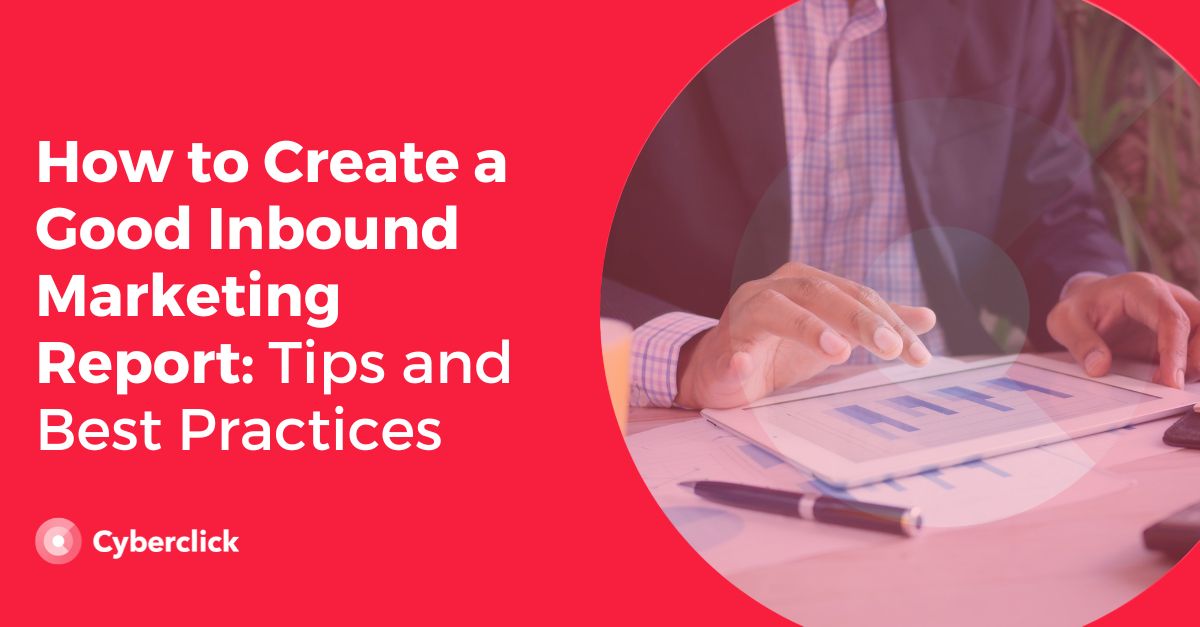We know you’ve heard of influencers, but do you know what a micro-influencer is?
Influencer marketing has proved itself to be more than just a trend and has grown exponentially in recent years. Many brands have turned to famous social media users to promote their brands or products, to varying degrees of success. In turn, many of these personalities on the apps have ended up reaching stardom in real life as well. But as influencer marketing has exploded, it has lost authenticity and credibility.
Faced with this new environment, micro-influencers have offered brands a new avenue to regain the audience trust and achieve good results at low cost. Want to know how? Read!
.jpg?width=1200&name=Reddit%20Marketing%20(1).jpg)
Micro-Influencer Definition
There are a million different ways to classify influencers on social media depending on who you ask. For the purpose of this article, we’ll be referring to influencers, micro-influencers, and celebrities.
The classic influencer is a user who has some credibility and prestige around a specific topic (e.g. fashion) and who, thanks to their social media presence, can act as an ambassador for a brand. In general, influencers are users with a large number of followers on social media, and this is the primary metric used to measure their success.
Micro-influencers are users who have a smaller range of followers (usually between 1,000 to 10,000 followers), but who in return have a great credibility around a very specific theme (e.g. vegan cuisine in Barcelona) and who have a closer relationship with their followers. Their lower follower numbers allow their followers to feel more connected and intimate with the micro-influencer.
And finally, celebrities are users who are not only known for their social media activity, but are also famous outside of the apps. That is, their popularity on social media is derived from their general popularity, often through music, sports, acting, or something else done in the public eye.
Another way to rank influencer types is based on their number of followers:
- Micro-influencers: less than 10,000 followers.
- Influencers: between 10,000 and 1,500,000 followers.
- Celebrity: more than 1,500,000 followers.
Benefits of Micro-Influencers
- No Robot Followers: Because influencer marketing is somewhat reliant on the number of followers an influencer has, it has become common practice for some to buy followers and even engagement. Instead, micro-influencers typically don't pay as much attention to this metric and focus on creating a "real" relationship with their audience. This is because most influencers are attempting to make a career out of their influence, while micro-influencer typically have jobs outside of their social media network. This means they are less likely to “cheat” their numbers, and instead just focus on the topic they’re knowledgeable about.
- Reduced Competition: Brands have begun to pay more and more attention to influencer marketing. This makes some of personalities highly sought after, brands have to compete to work with them. In contrast, the market for micro-influencers is much quieter and not as competitive, making it easier to easily find a micro-influencer you want to work with.
- Better Connection: Sometimes influencers end up promoting products just because it's a business opportunity, without actually taking the time to consider how applicable it is to their audience. In contrast, micro-influencers specialize in very specific market niches, so they will only be interested in working with brands that actually represent them and that they’re followers are interested in.
- Lower Cost: A campaign with a large influencer can exhaust a brand's marketing budget, especially if it is in a very competitive environment. This means that smaller brands are nearly incapable of working with large influencers. Instead, working with micro influencers allows brands to diversify their budget with different users, multiplying the chances of success.
- Curbing the dissenchment of users. The excessive number of promoted posts and the lack of authenticity has caused users to reject traditional influencer marketing, as they have begun to perceive it as "just more advertising". On the other hand, small-scale influencers are perceived to be more authentic. They work with fewer brands, are able to engage more directly with their audience, and are less invested in using their influence to secure their financial stability. This oftentimes results in much more authentic campaigns and successful results.
How to Find Micro-Influencers
-
Search among your own followers. The easiest way to find a micro-influencer interested in promoting your brand is to look within your own audience. After all, if they follow your social media accounts, chances are they’re already a fan. So take a look at your own followers and see if your most influential followers could be a good fit.
-
Investigate the most relevant hashtags in your industry. Look for influential users using relevant hashtags in your community or sector.
-
Search your Niche. Think about what your brand represents and how to find users related to your brand. For example, if you have a restaurant, you can search for bloggers who post about that type of cuisine and city that you’re from.
-
Search for specific user profiles that respond to your brand. Think of your buyer persona or ideal customer: how old are they, where do they live, what are their main concerns? These questions will help you determine which micro-influencers you'd be most interested in.
-
See how they interact with their audience. The number of raw followers is no longer the top determining factor for working with an influencer. It is crucial to analyze the relationship between the influencer and the their followers. Take a hard look at their engagement rate to see how engaged their audience really is. Study comments from their posts. What kind of responses do they generate? Do they take the time to respond personally to comments?
Once you've found the micro-influencer you're looking for, you'll need to think about a compensation strategy that might appeal to them, whether through products and services or financial pay. The terms of the relationship have to be very clear from the beginning, considering that these users may not be used to working with brands regularly.
And remember, just like your customers, you'll also have to work the relationship with your micro-influencers to be long term. Always keep them informed of the brand's news and surprise them from time to time with a special gift or invitation. Who knows, this may be the beginning of a beautiful friendship.
Inbound Marketing & Content Strategist en Cyberclick. Experta en marketing online, gestión de contenidos, estrategia en redes sociales, y creación y optimización de campañas en social ads.
Inbound Marketing & Content Strategist at Cyberclick. Expert in online marketing, content management, social media strategy, and creation and optimization of campaigns in social ads.






Leave your comment and join the conversation